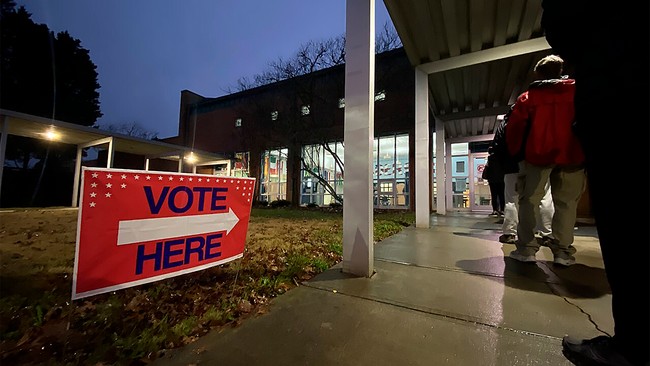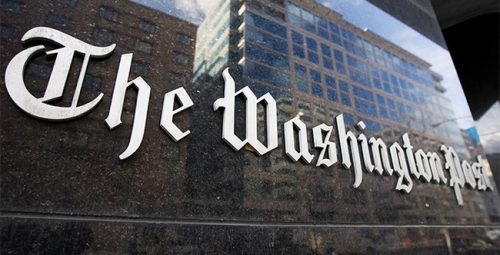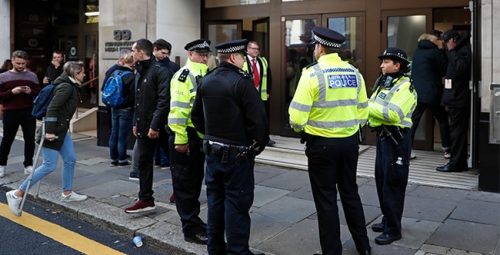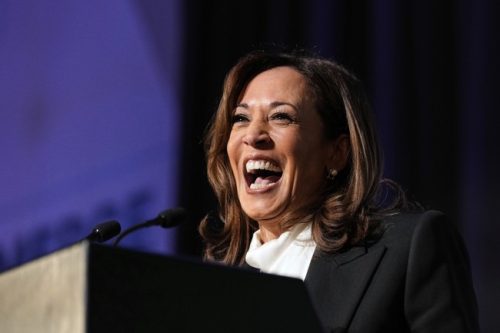The Supreme Court is weighing a challenge to Section 2 of the Voting Rights Act, and state Republicans are quietly preparing for the fallout. If the court limits race-conscious districting, several red states intend to redraw maps in ways that could flip House seats. That possibility has Democrats alarmed and GOP strategists already mapping scenarios that could reshape midterm and future elections.
Red States Prepare for Voting Rights Act to Be Gutted
The case at the center of this fight involves Louisiana and how Section 2 has been used to create majority-minority districts. Conservative justices raised questions during oral arguments about whether race can be used as a dominant factor in drawing lines. If the court restricts those practices, the path will be open for aggressive redistricting in multiple states.
Some Republicans across the south are preparing to redraw their congressional maps to boot Democrats out of office — if the Supreme Court issues a ruling on a case gutting the Voting Rights Act in time for the midterms.
While such a decision is no sure thing, some states are nonetheless planning for the scenario. The potential scramble to redraw could completely reshape the midterms, and Democrats are already sounding the alarm. One Democratic group forecasted an ambitious 19 seat pickup for the GOP by dismantling majority Black and other majority-minority districts currently protected by the VRA, though that would be an extreme scenario where every possible state redistricts.
The Supreme Court’s looming ruling centers around Section 2 of the VRA, which has long been implemented by creating majority-minority districts. Those districts are almost entirely represented by Democrats, something that Republicans have long claimed gives the party an unfair advantage.
Were that portion of the VRA to be weakened or entirely invalidated by the court, it could open up the floodgates for redistricting, if not in time for 2026 than certainly for 2028.
In South Carolina, for example, top Republicans in the state are itching to draw out the state’s lone Democrat: Rep. Jim Clyburn.
“If we could have a clean sweep, I would love that,” South Carolina Lt. Gov. Pamela Evette, who is running for governor, told POLITICO.
[…]
In Louisiana — the state that is central to the case challenging the Voting Rights Act — Gov. Jeff Landry has called a special session to adjust the state’s primary date to give the most possible time for a redraw.
During oral arguments, the high court’s conservative justices seemed poised to weaken the law. Justices Clarence Thomas, Samuel Alito and Neil Gorsuch appeared inclined to bar virtually any use of race in redistricting, suggesting that race-conscious district lines might be unconstitutional.
Republican officials are treating the possibility as a practical political opportunity, not a theoretical debate. Several state leaders have signaled they will move quickly to redraw maps if the legal framework changes, shifting timelines and even primary dates to accommodate a potential overhaul. That kind of preemptive planning reflects how high the stakes feel for both parties.
Analysts who crunch numbers see a clear advantage for the GOP if majority-minority districts are dismantled or reconfigured. The estimate of a possible 19-seat swing is extreme and assumes every eligible state acts, but even modest gains would change committee makeup and legislative priorities in Washington. Republicans are preparing to use those gains to lock in policy wins at the federal level.
On the legal side, the conservative majority’s tone during arguments suggested skepticism about race-based line drawing, framing it as an equal-protection issue. That approach appeals to the Court’s newer bloc of originalist and colorblind arguments, which many Republicans favor. If the ruling narrows Section 2, the practical effect will be immediate: maps rewritten, incumbents targeted, and primary calendars adjusted.
State-level moves already underway make the legal moment tangible. In Louisiana, leadership has called a special session and shifted timetables to maximize flexibility. Other red states are quietly running scenarios, vetting maps, and lining up legal teams so they can move fast if the court hands them a favorable decision. This is strategy meeting opportunity.
The political temperature is rising on both sides, but the upshot for Republicans is simple and direct: a legal decision that limits race-based districting would create an opening to compete in districts that are now effectively safe for Democrats. That prospect is fueling mobilization in statehouses where GOP majorities control mapmaking and are eager to protect representation aligned with their voters.






